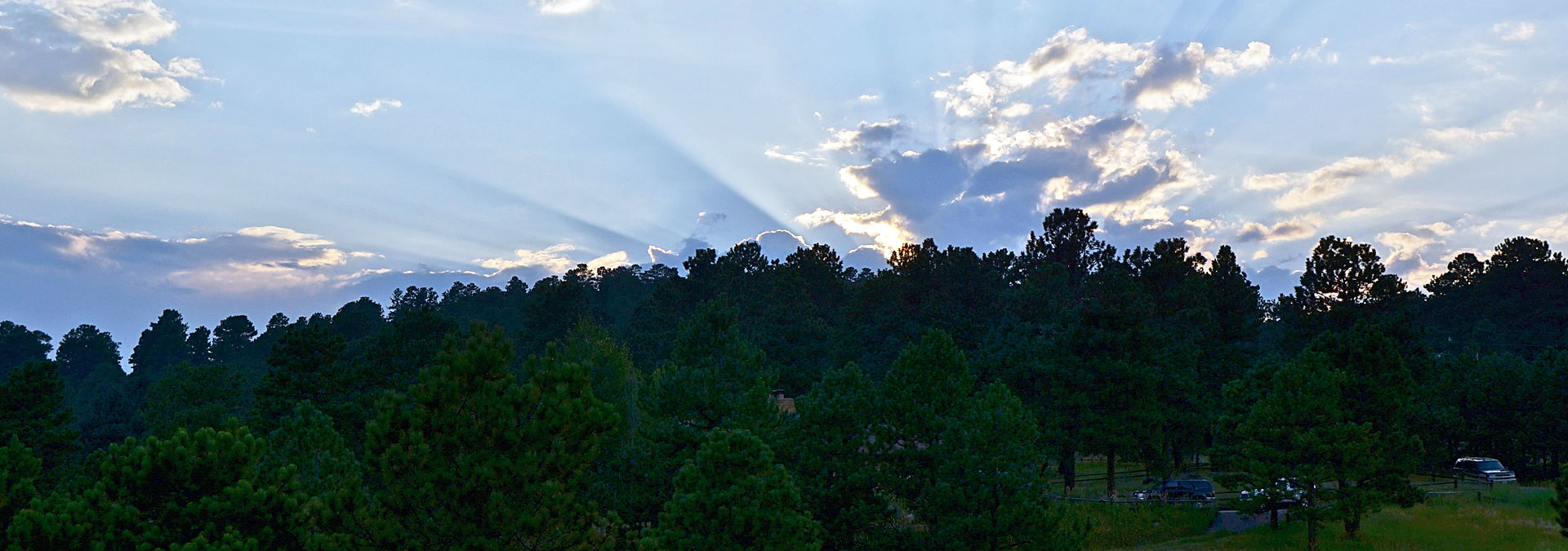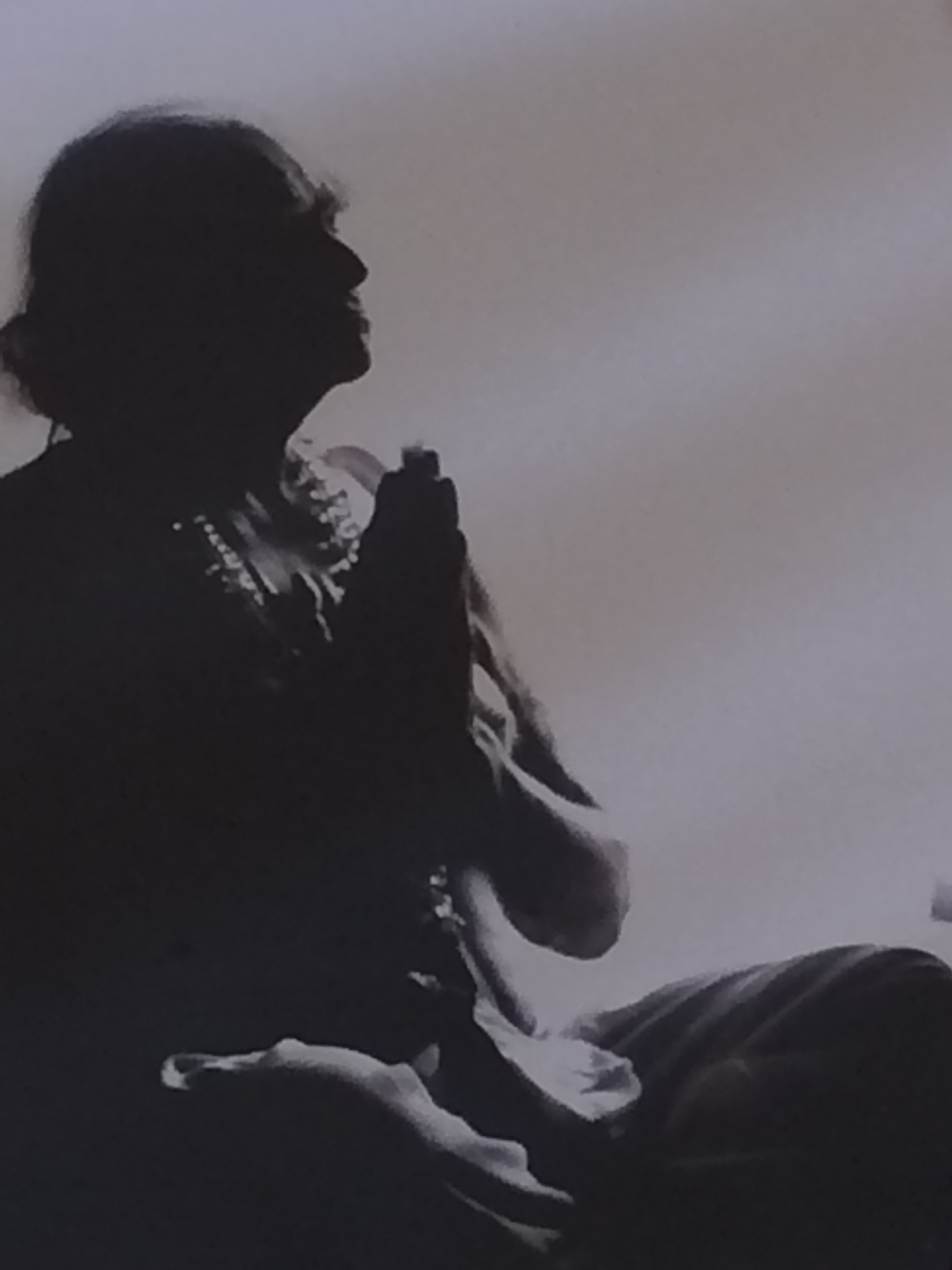I just returned from the best yoga class I’ve ever experienced! It all starts with the teacher, Prashant Iyengar, BKS Iyengar’s son. Statuesque with a commanding voice and a pleasant demeanor he had the power to engage each individual in the large group seemingly without effort. Like his father, who I saw speak at the Yoga Journal convention years ago in Colorado, he seemed to see everyone at once, which created an intimacy as though he was talking to just you. He seemed to be enjoying himself.
What made this class so exceptional? I’m still pondering that question since the class itself was unremarkable in many ways. It was a very simple class, we did common yoga poses like Utthita Trikonasana (Triangle), Virabhadrasana I and II (Warrior) and a few simple twists. Like all classes we began seated. Lift your chest! Stretch up! Expand the torso and chest! Press the shoulder-blades in! Nothing unusual there. Then he began to direct our attention to the breath. Keep in mind these are not quotes, they are remembrances, what I heard, and not necessarily what he said. Take the breath into the abdomen, inhale, exhale, expand the breath, be on the breath, be in the breath, be with the breath, BE the breath. The breath is your tool in the pose to move your practice from yoga to yog.
By definition yog means yoga, meditation and remembrance of God- through the mind, not by physical exercises. Yoga is not for health though you may achieve good health from practicing it. Yoga is to ‘become’ (transform, enlighten, see your own true nature). The mark of a good yoga teacher is their ability to keep you in the room, in your body, and moving ever deeper into the pose. It’s part of the reason you feel so relieved at the end of a good class. The work of the body has freed the mind even for a short period. What Prashant did today was to expand our awareness in the pose to include a sharp attentiveness to the breath. It’s a logical next step because we know that breath is the link between body and mind, even scientific studies support that finding, but it was how he did it that was so effective. We held a few simple poses for a length of time and examined the effects of the breath and how changes occurred as we changed poses. I found myself discovering links between my breath patterns and how my body responded in the pose, but most of all I found expansion in my mind and in my heart. It was alive and palpable, quite refreshing.
He gave a great example of moving toward yog. He described how a businessman puts on a shirt and tie to go the the office where he sits with legs crossed holding a phone to his ear. He looks spiffy but what are his qualifications? Outward appearance is not what’s important- in life or in yoga. How you look in the pose is not the point. At home, I notice that we spend a lot of time and effort to “look like” the pose. I’m not saying that alignment isn’t important, it plays a vital role in helping us break out of our habitual patterns (Why do I slouch? How do I retrain my back muscles to hold me upright so that my back doesn’t hurt?) and obviously in life you want to align with your values and beliefs, but alignment, like values, is foundational, it is what you build on to get to a higher place. Alignment alone won’t move you from yoga to yog. To paraphrase Prashant, when you are 70, 80, 90 years old you won’t have the strength, tone or ability to perform poses that will look like a picture book, but if you have developed your inner practice you will be in touch with your most intimate needs in the pose, you will know how to help yourself and you will have tapped into a resource that is everlasting.
You may have wondered from the blog title, What is sadhana? Sadhana means quest. The yogi is considered a seeker of the truth, he seeks to glimpse his own true nature of pure love and his quest is to unite his soul with God. That’s why yoga transcends religion, you can believe in God in any form you wish, and practice your faith accordingly and yoga will support you. Kriya yoga, also called the yoga of action, is foundational and includes devotion, self-study and surrender to God. One who is on the path of yoga studies sacred texts, contemplates his own behavior and disciplines himself, and surrenders everything as an offering to God.
I was nervous as I entered the classroom today, but I quickly realized that I was prepared for this. My teachers and friends who have gone before me gave me a solid foundation. I knew how to behave and suddenly things just clicked. We were like bees in a hive- when he said something we did it- no messing around, talking or fretting, “did I get the correct prop, how do I place it? Am I doing it right”? There was none of that. Looking around I saw every manner of pose, some polished and refined, others shaky or stiff, and it didn’t matter. He was aligning us with ourselves, with the inner self that’s beneath the polished exterior, beyond the shirt and tie. Just do the pose and breathe. No attachment to your spot, your mat, your space, your place. Nothing, no attachment. Talk about letting go!
Perhaps I effervesce and this is just a perfect storm: I’m here in India, on my own for the first time in my life, away from my routines and responsibilities, and without all the familiar markers that identify me, but, as Karen said about her travel, it’s like everything in my life up to now has prepared me for this experience, and that is confirming and comforting, because it’s quite an experience!



